Ah, Sicilian pizza. A culinary delight that has captured the hearts (and stomachs) of pizza lovers worldwide. But what exactly is it?
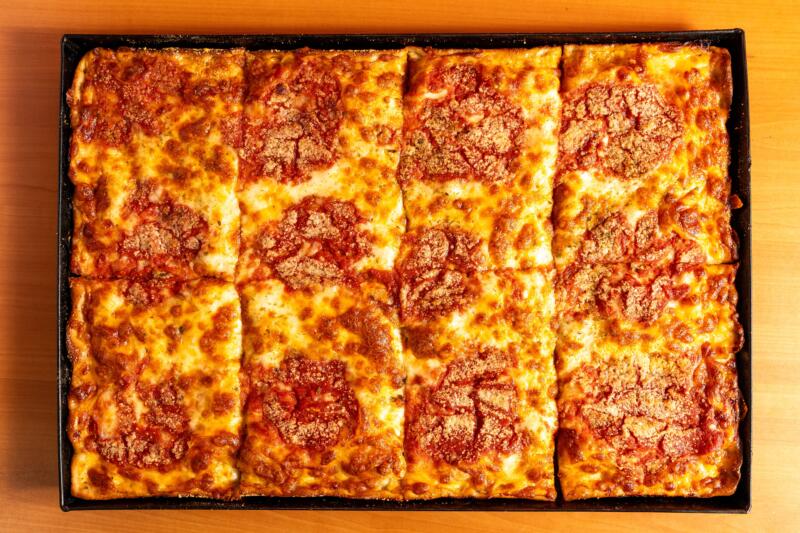
Sicilian pizza is known for its thick, spongy bread base, a departure from the thin and crispy crusts many of us are accustomed to.
The dough usually rests for several hours to attain this thickness.
Its signature shape? Square or rectangular.
The sauce is typically meatless, focusing on the pure, robust flavors of tomatoes and herbs.
Common toppings include onions, anchovies, and herbs, but you won’t find mozzarella cheese on a traditional Sicilian pizza.
Instead, a variety of other cheeses, such as caciocavallo and pecorino, are used to add that creamy, melty goodness.
Let’s dive into the origins, characteristics, and ingredients of this unique style of pizza.
In this article:
Origin of Sicilian Pizza

The history of Sicilian pizza is as rich and layered as the pizza itself.
It evolved from the simple focaccia bread, a staple in Italian cuisine, to the thick, sponge-like sfincione (pronounced sfeen-cho-nay) we know today.
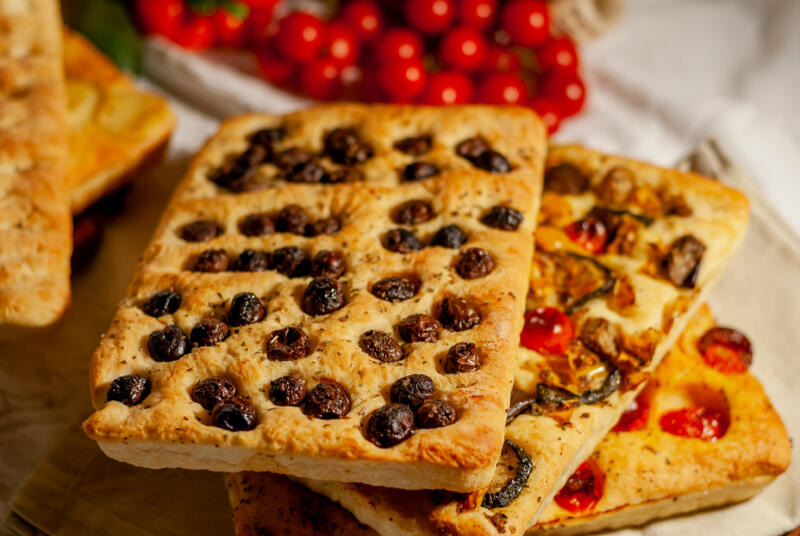
This transformation didn’t happen overnight but rather over centuries of culinary experimentation and tradition.
Italian immigrants introduced sfincione to the United States, and it swiftly became a favorite.
The post-Second World War era saw a boom in its popularity, as soldiers returning home from Europe brought with them a taste for the pizza they had enjoyed abroad.
The availability of mozzarella cheese from New York’s thriving dairy cow industry also played a significant role in shaping the American version of Sicilian pizza.
Ingredients Needed
To make Sicilian pizza, you’ll need the following ingredients:
- Bread flour
- Instant dry yeast
- Fine sea salt
- Warm water
- Extra virgin olive oil.
Preparing the Dough

Preparing the dough for Sicilian pizza is a labor of love.
Start by accurately measuring your ingredients using a scale. This includes bread flour that could be substituted by all-purpose flour in a ratio of 1:1, salt, yeast, olive oil, and water.
Making the Dough
Here is a basic procedure for how to make dough:
- In a sizable bowl, combine warm water, yeast, and sugar. Let it rest until foamy, signaling active yeast.
- Incorporate flour and salt, mixing with either a spoon, hands, stand mixer, or food processor. This action builds the dough’s gluten framework for elasticity.
- Shift the dough to a floured space and knead. Use the heel of your hand to push and fold, aiding gluten development.
- Knead until the texture is smooth and slightly tacky. Adjust with flour or water as needed.
- Shape into a ball and rest in a greased bowl, covered. Let it double in volume, typically taking 1-3 hours, depending on conditions.
- After the dough has risen, you can press it into your pan, top it as desired, and bake it according to your recipe’s instructions.
Storing the Dough
Maintaining the freshness of Sicilian pizza dough relies heavily on proper storage techniques. The dough can be easily stored in the refrigerator or freezer.
Storing the Dough in the Fridge
Refrigerating pizza dough not only allows for advanced preparation but also enhances the flavor of the dough through a process called cold fermentation.
The cold environment slows down the yeast activity, allowing the dough to ferment and rise more slowly, which results in a more complex flavor.
Pizza dough can be stored in the refrigerator for a span of 3-5 days.
When you’re ready to use it, retrieve it from the fridge and let it sit at room temperature until it softens, which might take approximately 1 to 2 hours.
For refrigerator storage, wrap the dough with plastic wrap and place it inside an airtight container. This practice will effectively preserve its freshness over a few days.
It’s also a good idea to lightly oil the dough ball to avoid it sticking to the container or wrap.
Freezing the Dough
If you need to store your dough for longer than 5 days, you might consider freezing it.
To freeze pizza dough, form it into individual balls for single pizzas, lightly coat them in oil, and wrap tightly in plastic wrap, then place them in a freezer-safe bag.
This will allow you to keep the dough for up to 3 months, ready to be used whenever the craving for Sicilian pizza strikes.
After being frozen, the dough should be thawed in the refrigerator overnight. Prior to shaping, ensure it reaches room temperature.
Toppings and Sauce
The toppings and sauce are the soul of any pizza, and Sicilian pizza is no exception. Let’s explore the different types of cheese used, common toppings, and the process of making tomato sauce.
Types of Cheese Used
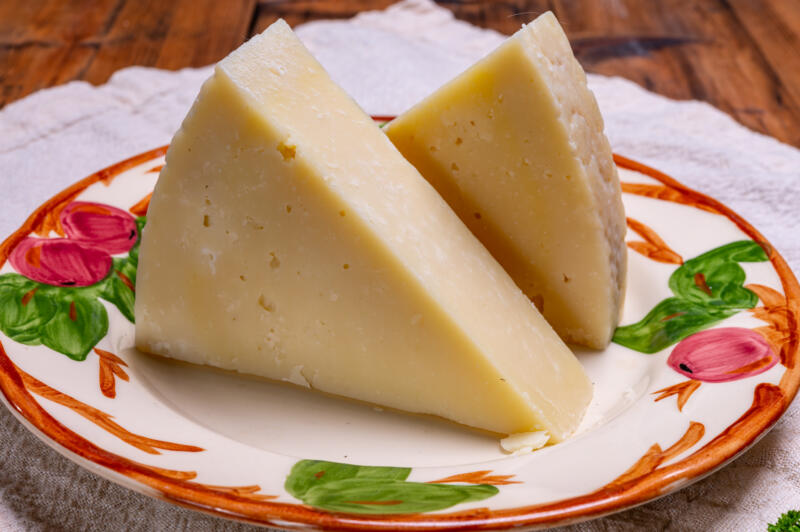
When it comes to cheese, Sicilian pizza breaks away from the mozzarella norm.
Traditional Sicilian pizza often uses Pecorino Romano and Caciocavallo, two robust and flavorful Italian cheeses.
Pecorino Romano is a hard, salty Italian cheese made from sheep’s milk, while Caciocavallo is a stringy and slightly spicy cheese made from cow’s milk.
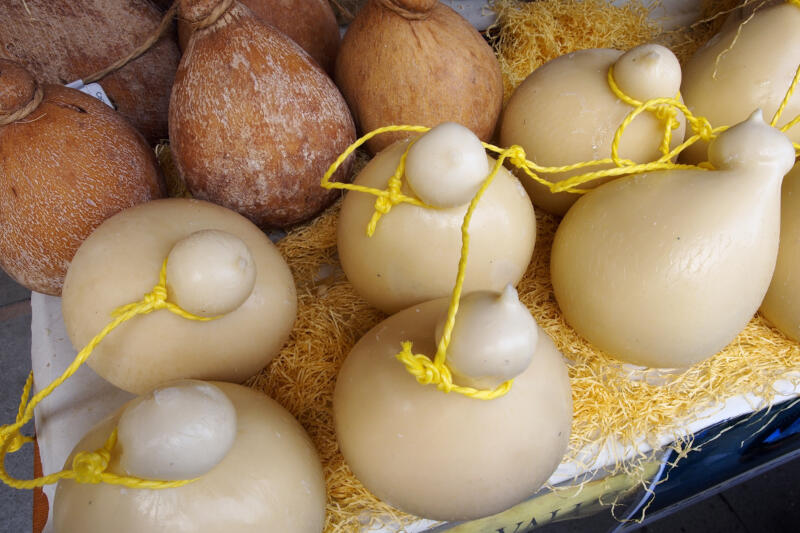
However, the world of cheese is vast and diverse, and there are other suitable substitutions that work wonderfully on Sicilian pizza.
Aged provolone, with its sharp and tangy flavor, is a great option.
Scamorza, a Southern Italian cow’s milk cheese, brings a smoky flavor to the table.
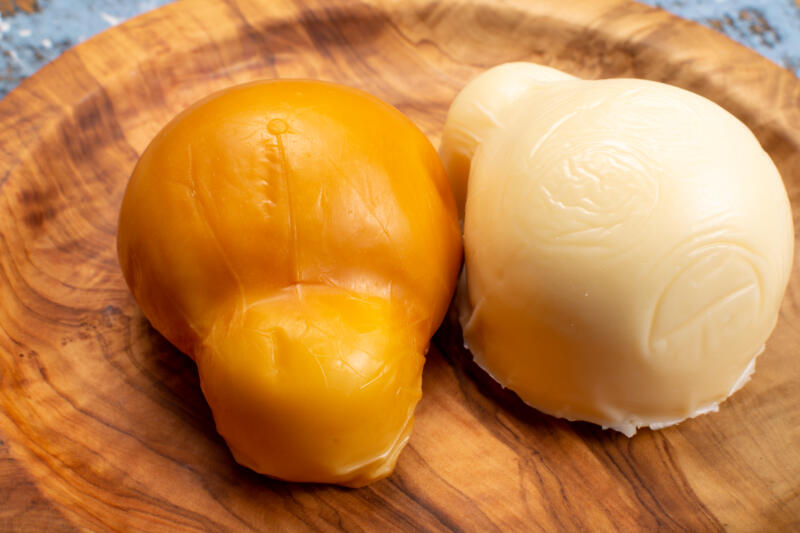
Semi-hard pecorino and mild gouda are also excellent choices, adding a creamy, nutty flavor to the pizza.
Common Toppings Used
The toppings on a Sicilian pizza are where tradition meets creativity.
Traditional toppings include:
- tomato sauce,
- onions,
- anchovies,
- extra virgin olive oil,
- oregano.
The sweetness of the onions, the saltiness of the anchovies, and the freshness of oregano create a symphony of flavors that is hard to resist.
However, the beauty of pizza is that it can be customized to your liking.
Non-traditional toppings can be used to add a personal touch to your Sicilian pizza:
- potatoes,
- sausage,
- bell peppers,
- mushrooms,
- olives.
Making the Tomato Sauce
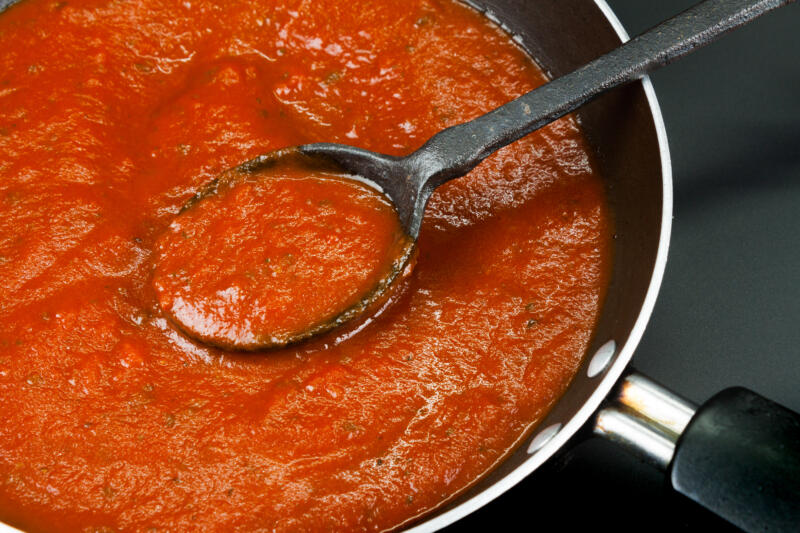
The tomato sauce, a cornerstone of Sicilian pizza, that starts with the most basic ingredients.
In the case of using fresh tomatoes, begin by blanching and removing their skins. Then, chop or crush them by hand to achieve the desired consistency.
For canned tomatoes, simply open the can and get chopping if you use peeled tomatoes.
Remember, the size of your tomato pieces will influence the texture of your sauce, so choose a consistency that suits your palate.
Next, heat a splash of olive oil in a pan and sauté your choice of garlic and spices. This step releases their aromatic oils, infusing the olive oil with a medley of flavors.
Now, it’s time to introduce your tomatoes to the pan. Lower the heat to a gentle simmer and allow the sauce to cook for approximately 30 minutes.
This slow cooking process allows the tomatoes to break down and the flavors to meld together, resulting in a rich, robust sauce.
Don’t forget to stir occasionally to prevent the sauce from adhering to the pan.
And there you have it – a homemade tomato sauce, ready to bring your Sicilian pizza to life.
Adding Olive Oil to the Sauce
Olive oil plays a crucial role in enhancing the flavor of the tomato sauce.
The extra virgin olive oil not only adds a rich, fruity flavor to the sauce but also gives it a glossy finish that makes the pizza look as good as it tastes.
According to Frank Morano, owner of Prince Street Pizza- one of the Big Apple’s most popular pizzerias, the sauce is made with imported extra virgin olive oil, good quality canned tomatoes, garlic, and a few spices.
Baking the Pizza
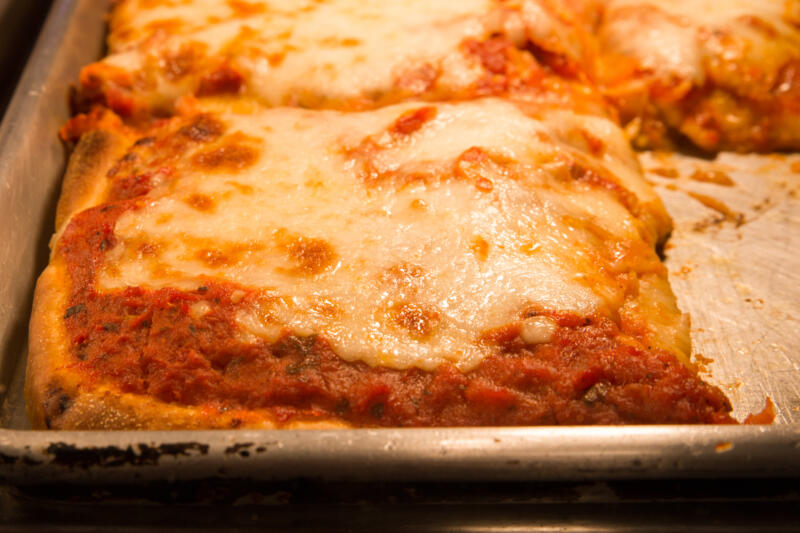
Setting the stage is crucial for that ideal pizza finish. Here’s how to get your oven and pan ready:
- Preheat the Oven: If using a standard oven, aim for 475°F (245°C). For convection ovens, reduce the temperature by 25°F (about 450°F or 230°C) as they tend to circulate heat more efficiently.
- Positioning: Place the oven rack in the middle for even cooking. If you aim for a crisper bottom, consider placing the rack one level lower.
- Pan Prep: Prepare your baking pan by either applying a light coating of oil or using parchment paper to prevent any sticking. If you have a pizza stone, placing it on the chosen rack while preheating can give your Sicilian pizza an even crispier base.
Remember, every oven is slightly different, so keep a close watch on your pizza during the first bake to gauge the ideal baking time and settings.
Adding Toppings and Cheese to the Pizza
Now, let’s add our toppings and cheese. After spreading the tomato sauce over the dough, you can add onions, anchovies, and herbs.
These traditional toppings add a burst of flavor that complements the spongy dough and robust sauce.
Next, sprinkle some grated pecorino romano and caciocavallo cheese or another type over the toppings.
Incorporating these cheeses results in a creamy, tangy flavor that pairs well with the other ingredients.
Baking the Pizza in a Hot Oven
Finally, it’s time to bake our pizza.
Preheat the oven to 450F/230C and position your pizza on one of the lower shelves.
This method ensures the bottom of the pizza cooks evenly, yielding a crispy texture.
After 12 minutes of cooking, examine the bottom of the pizza. If it’s still fairly light in color, continue cooking it on the bottom rack for the rest of the time.
This step aids in achieving a sturdy, crispy base capable of supporting the weight of the toppings.
Place the pizza in the oven and bake for approximately 15 minutes, or until the dough is golden brown and the cheese has melted.
It’s important to note that a common pitfall in baking Sicilian pizza, given its thick crust, is the chance of the pizza being undercooked – for more detailed information and tips on how to avoid this issue, check out this article.
Using a thin aluminum cookie sheet or pizza stone can help achieve a crispy base.
Variations of Sicilian Pizza
Sicilian pizza is not a one-size-fits-all dish. There are several variations, each with its unique characteristics and flavors.
Let’s explore some of the most popular ones.
Traditional Sicilian Pizza
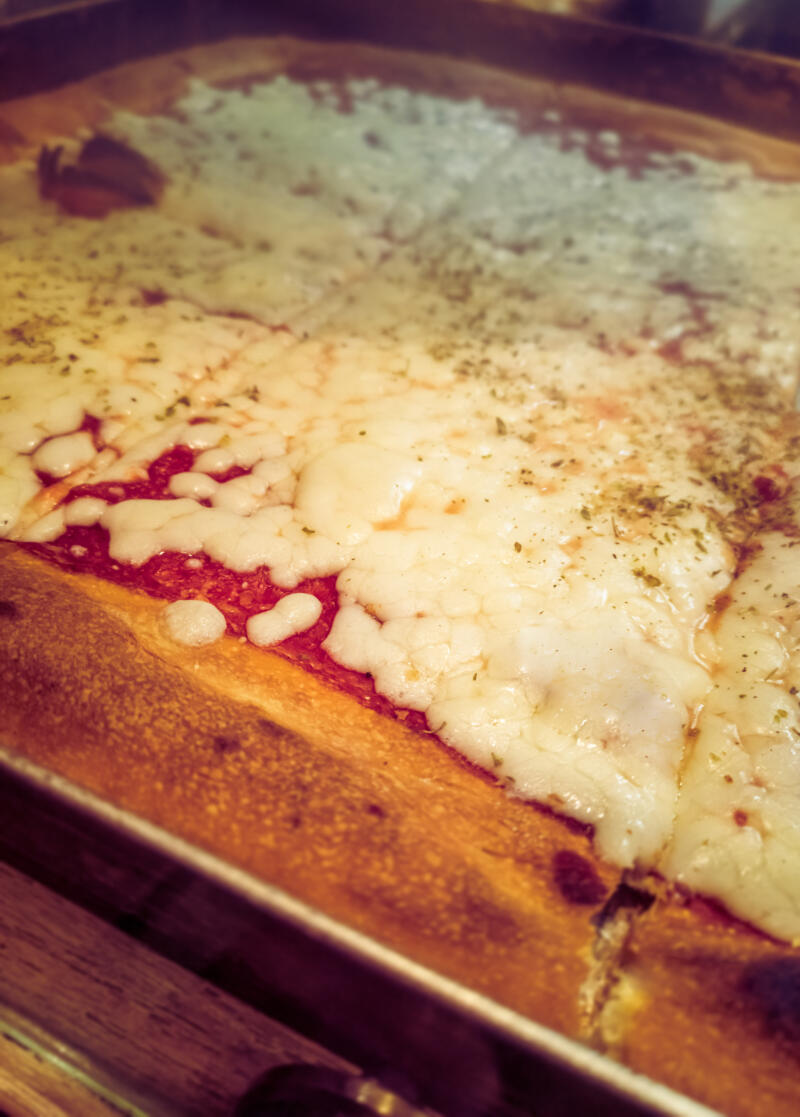
The classic version of Sicilian pizza is a sight to behold. It’s typically square or rectangular in shape, with a thick, spongy crust.
The toppings are simple but high-quality, often featuring cheese, tomato sauce, anchovies, and oregano.
This is the Sicilian pizza that most people are familiar with, and it’s a true testament to the saying, “Less is more.”
Sicilian Pizza al Taglio

Pizza al Taglio is a popular variation of Sicilian pizza that’s commonly sold by weight.
It’s sliced into rectangular pieces, making it convenient for takeaway.
The toppings can vary widely, from traditional options like cheese and tomatoes to more unique choices like potatoes and sausage.
This pizza style is a great fit for those who appreciate both variety and convenience.
Sfincione
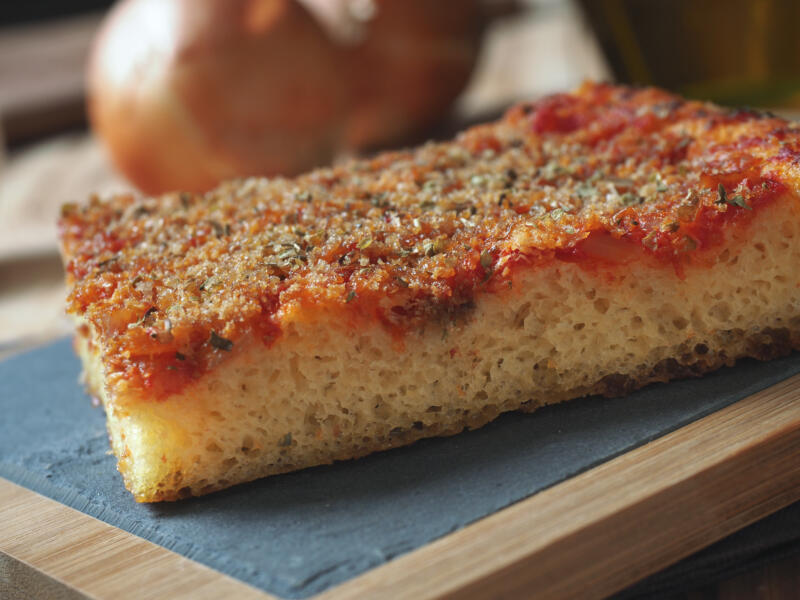
Sfincione (sfeen-cho-nay) is a thicker, bread-like variant of Sicilian pizza.
It’s topped with onions, breadcrumbs, and pecorino cheese, creating a unique flavor profile that’s both savory and slightly sweet.
The texture is also different, with a soft, fluffy interior and a crispy crust.
If you’re a fan of bread and pizza, sfincione is the perfect combination of both.
Stuffed Sicilian Pizza

For those who love a hearty meal, stuffed Sicilian pizza is a must-try. This decadent variation is filled with ingredients like ricotta or sausage, making it a meal in itself.
It’s similar to a calzone or stromboli but with the distinct flavors and textures of Sicilian pizza. This style is popular among pizza enthusiasts who love to indulge in rich, flavorful dishes.
Popularity and Global Reach
The appeal of Sicilian pizza has traveled far beyond the shores of its island origin, gaining popularity in various countries, each adding their unique twist to the classic Sicilian pizza.
In New York, often hailed as one of the best pizzerias globally, you can find delectable versions of Sicilian pizza with its characteristic thick, square-cut slices.
For instance, Prince Street Pizza in SoHo is famous for its ‘Spicy Spring’ square pizza, a Sicilian-style pizza laden with spicy pepperoni.
Similarly, L&B Spumoni Gardens in Brooklyn is renowned for its upside-down Sicilian pizza, which features a unique layering of cheese beneath the sauce.
Remarkably, the allure of this culinary masterpiece even extends to countries not traditionally associated with Italian cuisine.
For example, Japan, known for its sushi and ramen, has surprised many by offering high-quality pizzas, including Sicilian-style ones, with their own unique twists.
A notable example is the Homecoming Vegan Sicilian Pizza in Shimokitazawa.
This establishment serves Sicilian-style square pizza, but with a unique twist – it’s vegan.
These creative interpretations of the Sicilian classic are a testament to its versatile and enduring appeal.
Closing Thoughts
Sicilian pizza is not just a regular meal, but rather a culinary experience that leads you through the history and flavors of Sicily.
From its origins to its variations, and from its local differences to its global popularity, Sicilian pizza is a testament to the power of simple, high-quality ingredients and traditional cooking methods.
Therefore, why not start this voyage and enjoy the distinct flavors of Sicilian pizza?
We’d love to hear your thoughts on this delicious pizza.